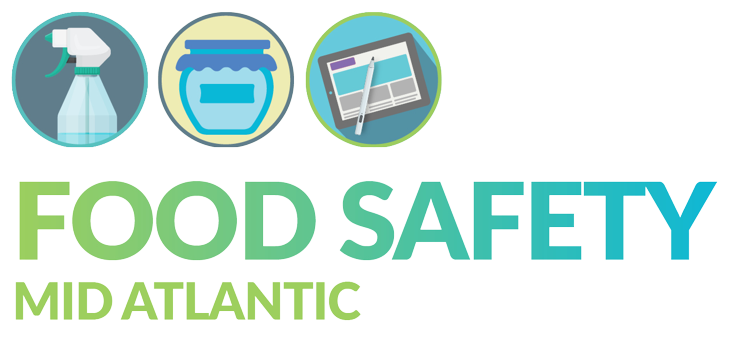A few weeks ago, I wrote that when food entrepreneurs want to reduce foodborne illness they need to think about HARM, which stands for Heat, Acid, and Reduced Moisture. In that post we discussed heat and today we are going to look at acid. In today’s blog we are going to discuss how utilizing acid will reduce bacteria in our food and make it safer to consume.
I’m going to share with you 2 specific strategies for doing this. Knowing that acid can reduce bacteria in our food is helpful especially if you have a food that you don’t want to heat to a very high temperature.
We can’t talk about acid without discussing pH. Luckily for you, I wrote about pH in an earlier post on my LabCat blog, so a quick reminder that pH goes from 1 to 14, with 1 being battery acid, 7 being neutral and 14 being strongly basic/alkaline. Like us, bacteria do not like either extreme of the pH scale. However, since most food is below neutral we control bacterial growth with acid.
The FDA has useful definitions:
- Acid foods are those foods which naturally have a pH less than 4.6
- Acidified foods are those foods to which acid(s) or acid food(s) are added; and have a final pH that is similar to the acid/acid food that was added.
- Low acid foods are any foods with a finished equilibrium pH greater than 4.6 and a high moisture content.
The reason why a pH of 4.6 is so important is because of Clostridium botulinum. As I wrote in my first blog post here, this was one of the reasons why my tagline says “noncompliance = death”. Because of this bacteria, we have to be very careful of shelf stable packaged food as C. bot likes a closed environment where there is no oxygen.
We can add acid, such as pickles in vinegar, or we can cause the food to make acid for itself. A classic example of this is sauerkraut.
In my book, where I have milk as a case study for food processing, for the section on acid I discuss yogurt and how bacteria are used to convert the lactose into lactic acid which reduces the pH of fresh milk from 6.5-6.7 to 4.0-4.6 depending on what kind of yogurt is being made.
The growth of bacteria gives some interesting flavors and allows the milk to set in a way that adding acid to milk would not. In fact adding acid to milk causes the milk to curdle as the proteins separate out forming small curds as shown in the picture below.. Some very fresh cheeses such as Indian Paneer are made this way.
If we let bacteria make the acid from the lactose present in the milk, the acid forms more slowly forming firmer curds. When a hard cheese is made, the moisture content is also reduced, which is something we will discuss in the next HARM post..
While acid is a way to make food safe, it should not be the only way we rely on nor should it be a substitute for a food safety plan. One lapse in safety could cause an outbreak of Salmonella and lead to a multi-million dollar lawsuit and/or an expensive recall. Don’t leave the safety of your consumers and the security of your business to chance; schedule your free food safety coaching call NOW!

Pingback: Safety of Fresh Fruit and Vegetables – Food Industry Employment Program
Pingback: Using Grapefruit to Explore my Food System – Food Safety Mid Atlantic